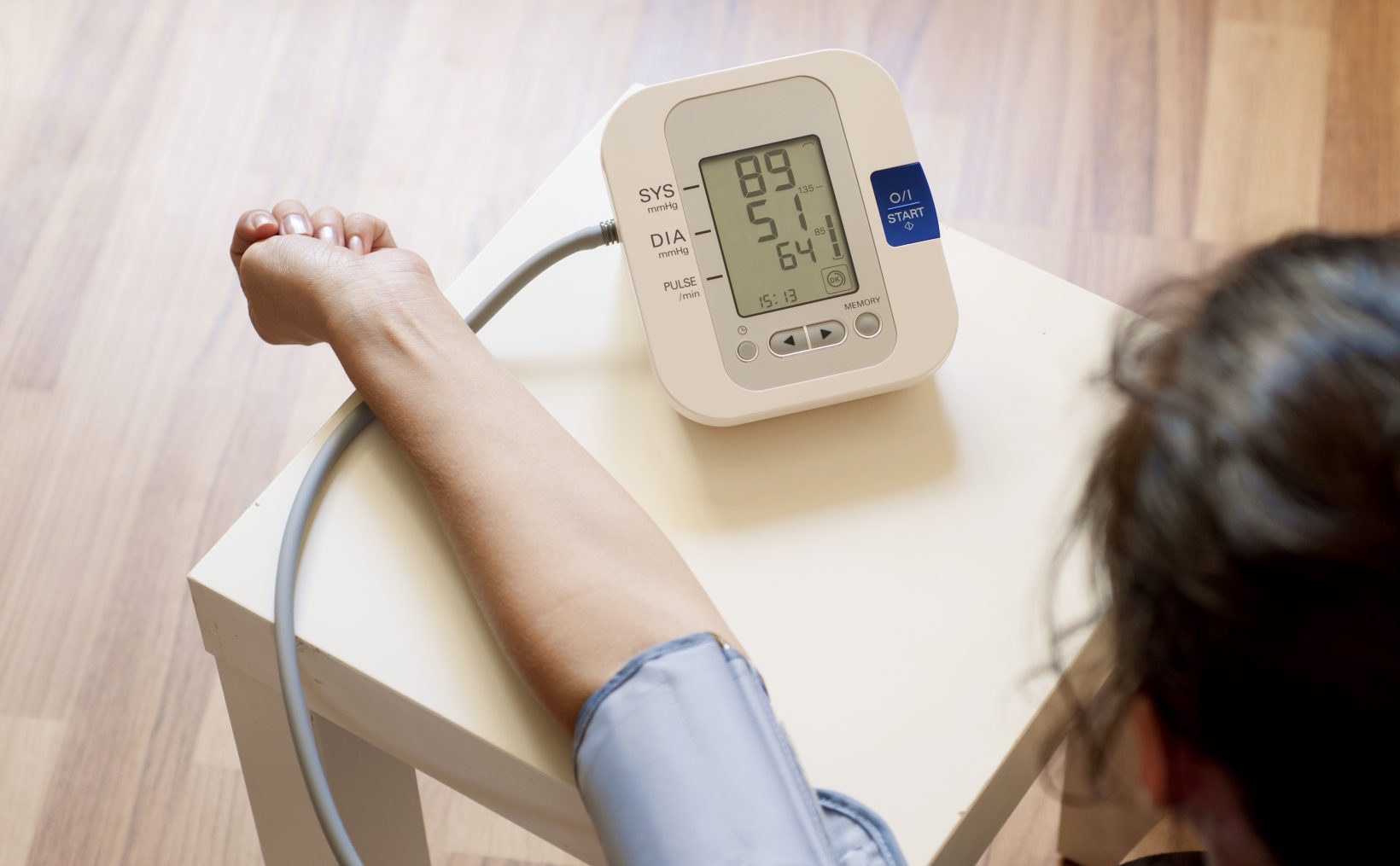Imagine your body as a magnificent castle, a fortress designed to withstand the challenges of life. But what if there were silent invaders lurking in the shadows, slowly eroding its defenses? High blood pressure, cholesterol, and stroke are these very invaders, stealthily undermining your cardiovascular health.
The Stealthy Invaders: Unveiling the Threats of High Blood Pressure and Cholesterol
High blood pressure, often referred to as the “silent killer,” earns this chilling nickname for a reason. Unlike a stubbed toe or a throbbing headache, it rarely announces its presence with obvious symptoms. Yet, it relentlessly exerts pressure on your blood vessels, silently damaging them over time. Think of your blood vessels as the vital aqueducts of your body, transporting life-giving blood to every organ and tissue. High blood pressure is like a constant increase in water pressure within these pipes. While initially, the pipes may hold, over time, the relentless pressure weakens them, increasing the risk of leaks (aneurysms) or even bursts (stroke).
Understanding Blood Pressure Readings: Blood pressure is typically measured with two numbers: systolic and diastolic. Systolic pressure represents the pressure exerted when your heart contracts, and diastolic pressure reflects the pressure when your heart relaxes between beats. Healthy blood pressure falls below 120/80 mmHg (millimeters of mercury). Readings between 120/80 and 129/80 mmHg are considered elevated, and anything above 130/80 mmHg signifies high blood pressure, requiring medical attention.
Risk Factors for High Blood Pressure: Several factors contribute to high blood pressure, including:
- Family History: Having a close relative with high blood pressure increases your risk.
- Diet: A diet high in salt, saturated fats, and processed foods can contribute to high blood pressure.
- Weight: Carrying excess weight puts extra strain on your heart and blood vessels.
- Inactivity: A sedentary lifestyle increases your risk of high blood pressure.
- Smoking: Smoking narrows your blood vessels and raises blood pressure.
- Stress: Chronic stress can contribute to high blood pressure.
The Clogged Arteries: Cholesterol and its Detrimental Effects
Just as high blood pressure weakens your blood vessels from the outside, cholesterol attacks them from within. Imagine these same vital aqueducts becoming clogged with a greasy buildup. This is precisely what cholesterol does. Cholesterol is a fatty substance found in your blood. While your body needs some cholesterol for normal functioning, too much of it, particularly the “bad” kind, can lead to serious health problems.
The Good, the Bad, and the Downright Ugly: Different Types of Cholesterol
There are two main types of cholesterol: LDL (low-density lipoprotein) and HDL (high-density lipoprotein). Think of LDL as the “bad cholesterol.” It’s the one that builds up on the walls of your arteries, forming a sticky plaque that narrows the passage for blood flow. HDL, on the other hand, is the “good cholesterol.” It acts like a scavenger, picking up excess LDL and transporting it back to the liver for disposal. Ideally, you want high levels of HDL and low levels of LDL.
Atherosclerosis: The Road to Heart Disease Paved with Cholesterol
The buildup of plaque in your arteries is called atherosclerosis. As the plaque accumulates, it restricts blood flow to your heart and other vital organs. This restricted blood flow can lead to a heart attack, where a blood clot completely blocks a coronary artery, depriving a portion of your heart muscle of oxygen and nutrients. In the worst-case scenario, this can lead to permanent heart damage or even death.





